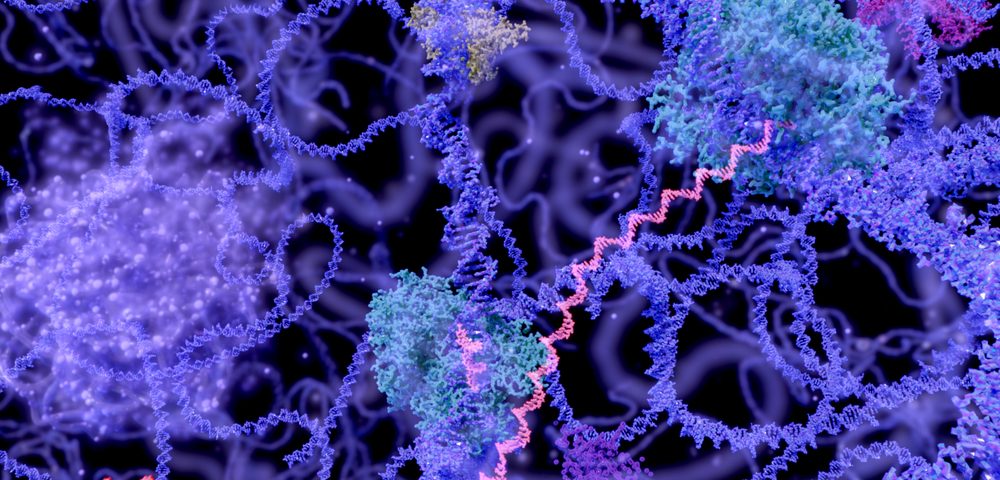A newly found peptide that can kill tumor cells while sparing healthy cells could be an effective therapeutic strategy, when combined with other drugs, for drug-resistant cancers such as breast cancer, according to the study, “Use of a novel cytotoxic HEXIM1 peptide in the directed breast cancer therapy,” published in the latest edition of the journal Oncotarget.
Peptide Therapeutics for Breast Cancer
According to the research literature and the National Institutes of Health (NIH), peptide therapeutics are considered promising for the advancement of breast cancer drug target development.
Peptides are part of the building blocks of protein structure and consist of one or two bonded amino acids in a chain. The structural templates of the building blocks can be manipulated in the laboratory to develop peptides that play a therapeutic role in fighting disease such as breast cancer.
Challenges in the field of peptide therapeutics include improving delivery modalities that specifically target a patient’s tumor — and understanding the potential safety and toxicity risks associated with the novel treatment.
About this Study
Researchers from the A*STAR Bioprocessing Technology Institute, in Singapore, found that a segment of the hexamethylene bisacetamide-inducible protein 1 (HEXIM1) they were studying, known as the basic region (BR) peptide, was similar to a key region of the tumor-suppressing protein p53.
When p53 is activated in damaged cells it either results in its recovery through DNA repair, or it initiates a controlled cell-death process (apoptosis). Because HEXIM1 was known to interact with p53 and other cancer-related proteins, the team hypothesised if breast cancer might be involved in the p53 pathway.
Because the BR peptide could not enter tumor cells by itself, the researchers led by Sheng-Hao Chao created a new protein by fusing the BR peptide to a cell-penetrating peptide. Thanks to a specific tag engineered within the construct, this novel protein combination was exclusively taken up by breast tumor cells and once inside the cell, efficiently eliminated them leaving healthy cells unharmed.
“Our peptide acts like a ‘professional killer,’ killing only the targeted cancer cells,” Chao said in a news release. “This unique feature makes it a safer choice as a toxic payload for targeted therapies against cancerous cells.”
Because the peptide does not enter non-oncogenic cells without a guide, its safety risks are potentially minimal to patients.
Importantly, cells that did not have the p53 oncogene were also killed by the peptide, which means that BR does not act via this pathway, instead it uses another protein called nucleophosmin which is involved in cell growth and survival.
“That was totally unexpected,” said Chao. “The combination of a unique safety feature and unique killing mechanism could make the BR peptide very attractive for developing new therapeutics against cancers. That’s what we really hope.”
The BR peptide could also be conjugated with antibodies and possibly target other cancers. But future confirmatory studies will have to be undertaken before the research can move from the bench to clinical trials in patients.

